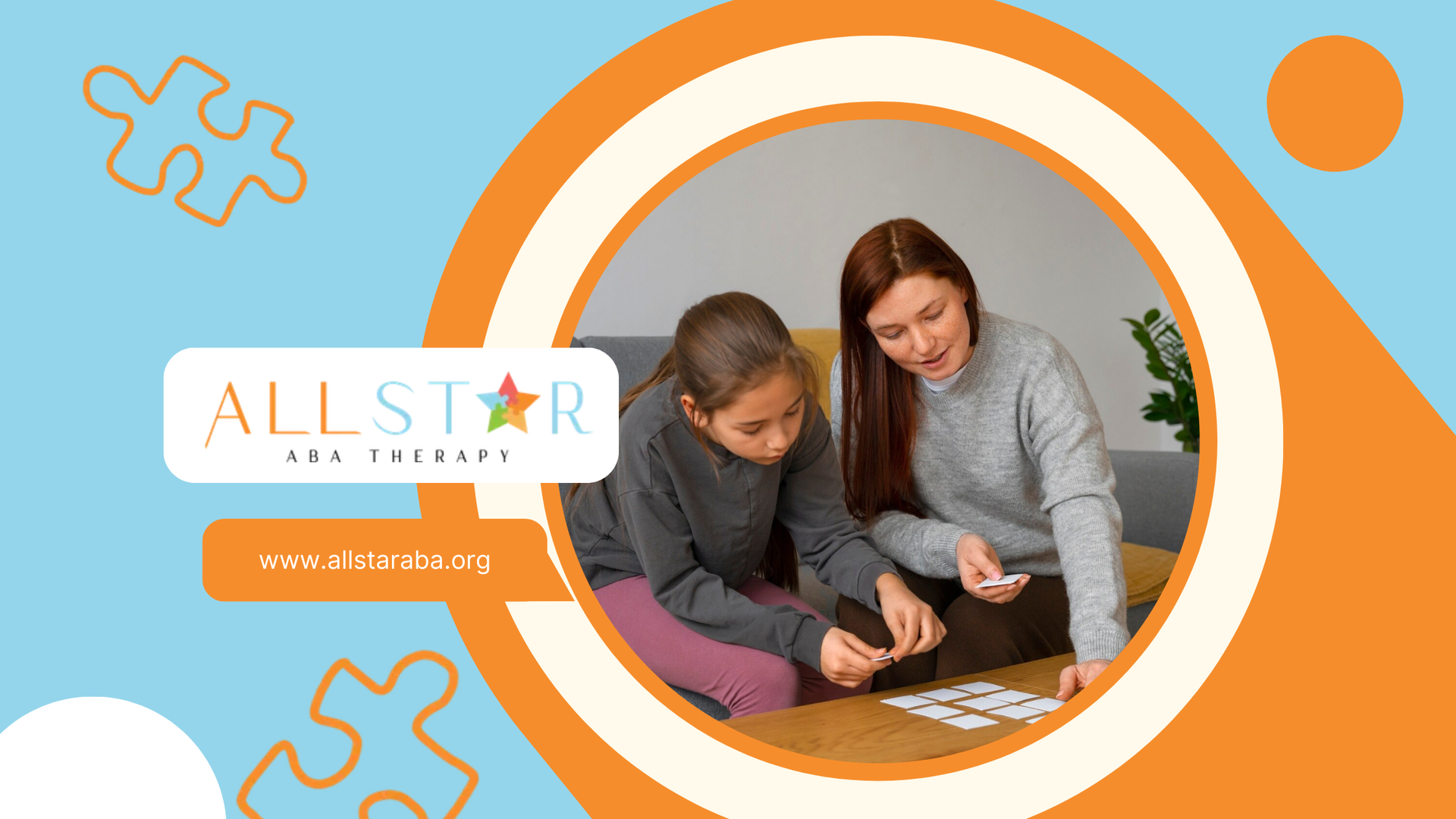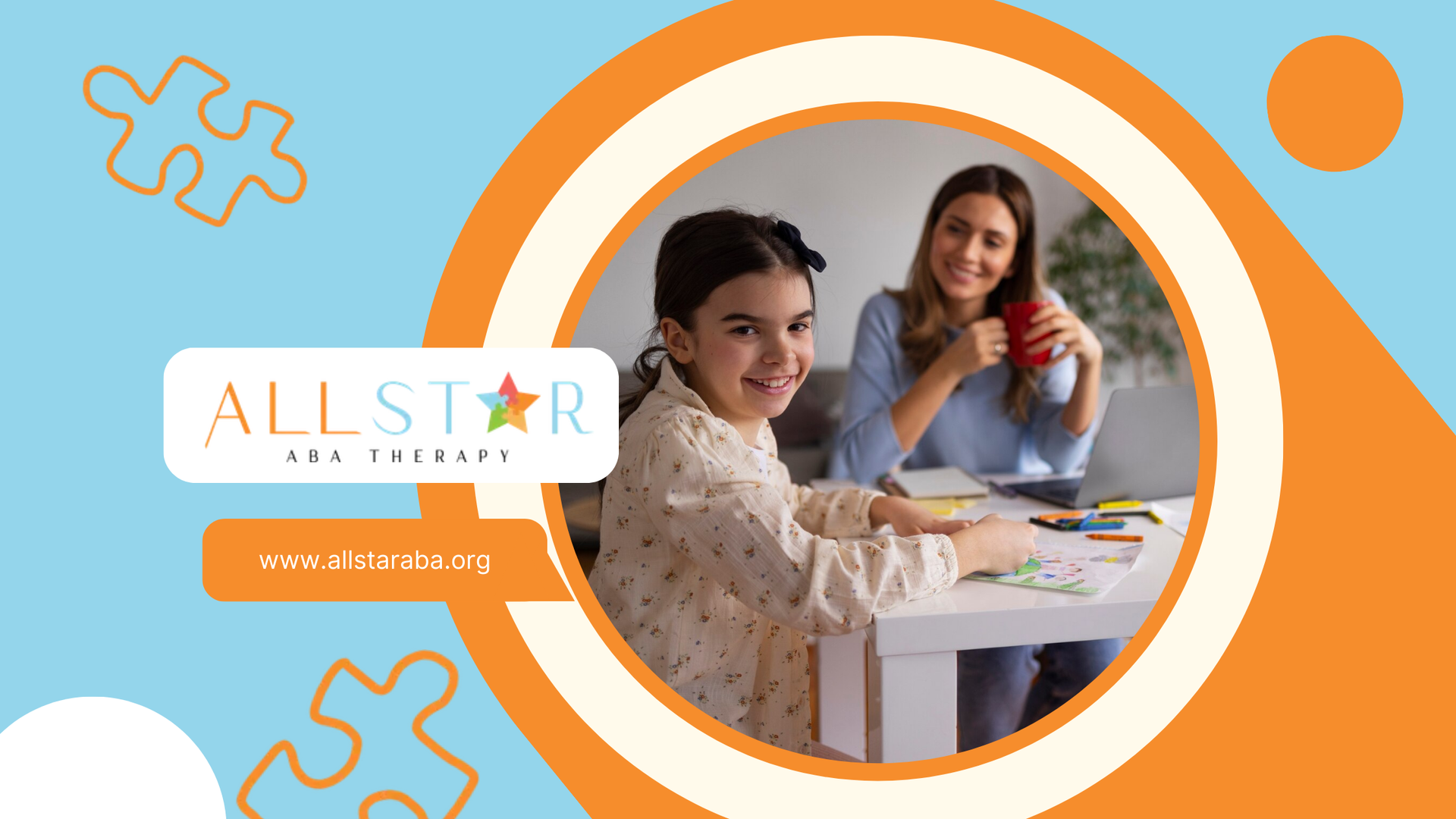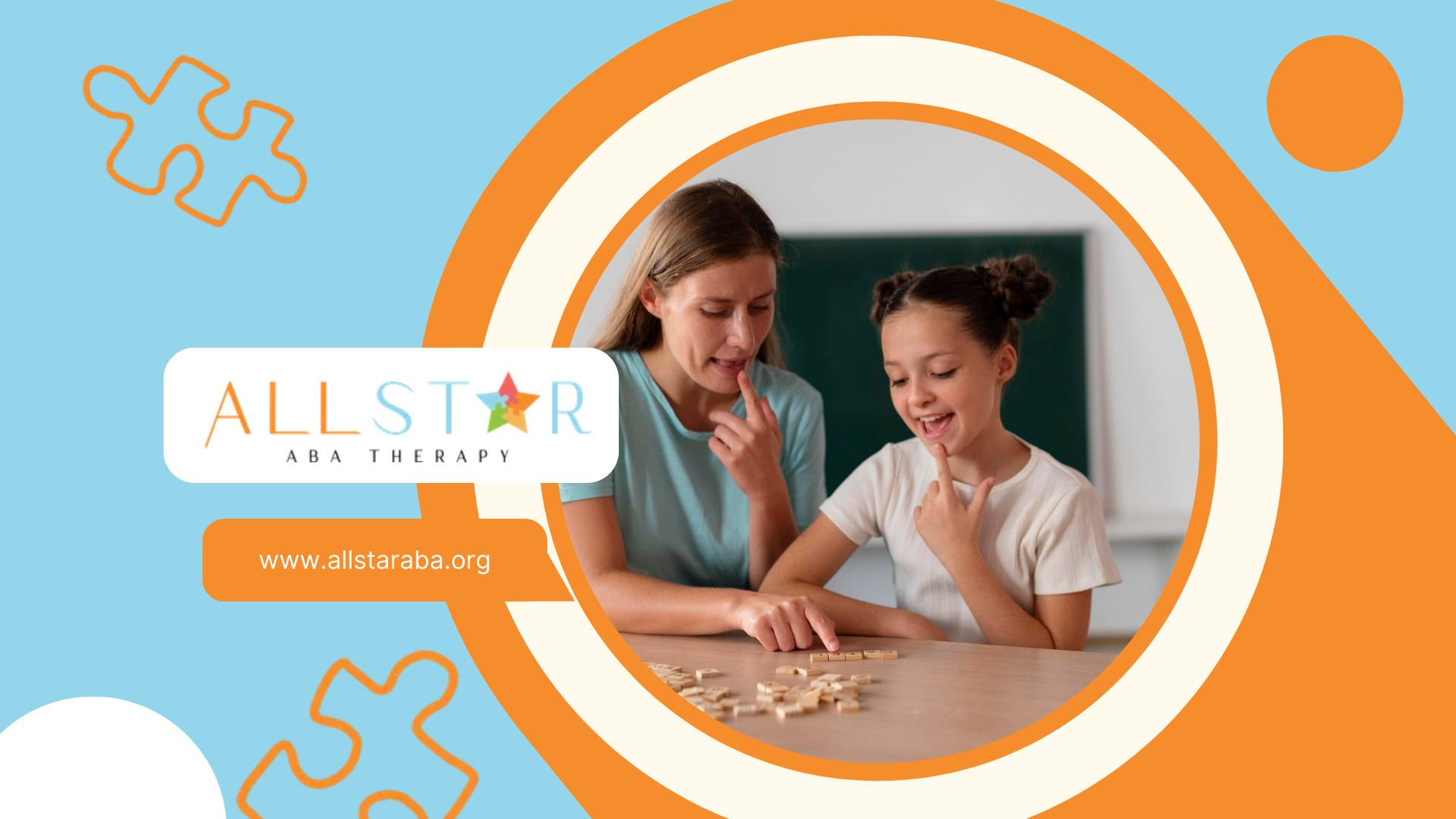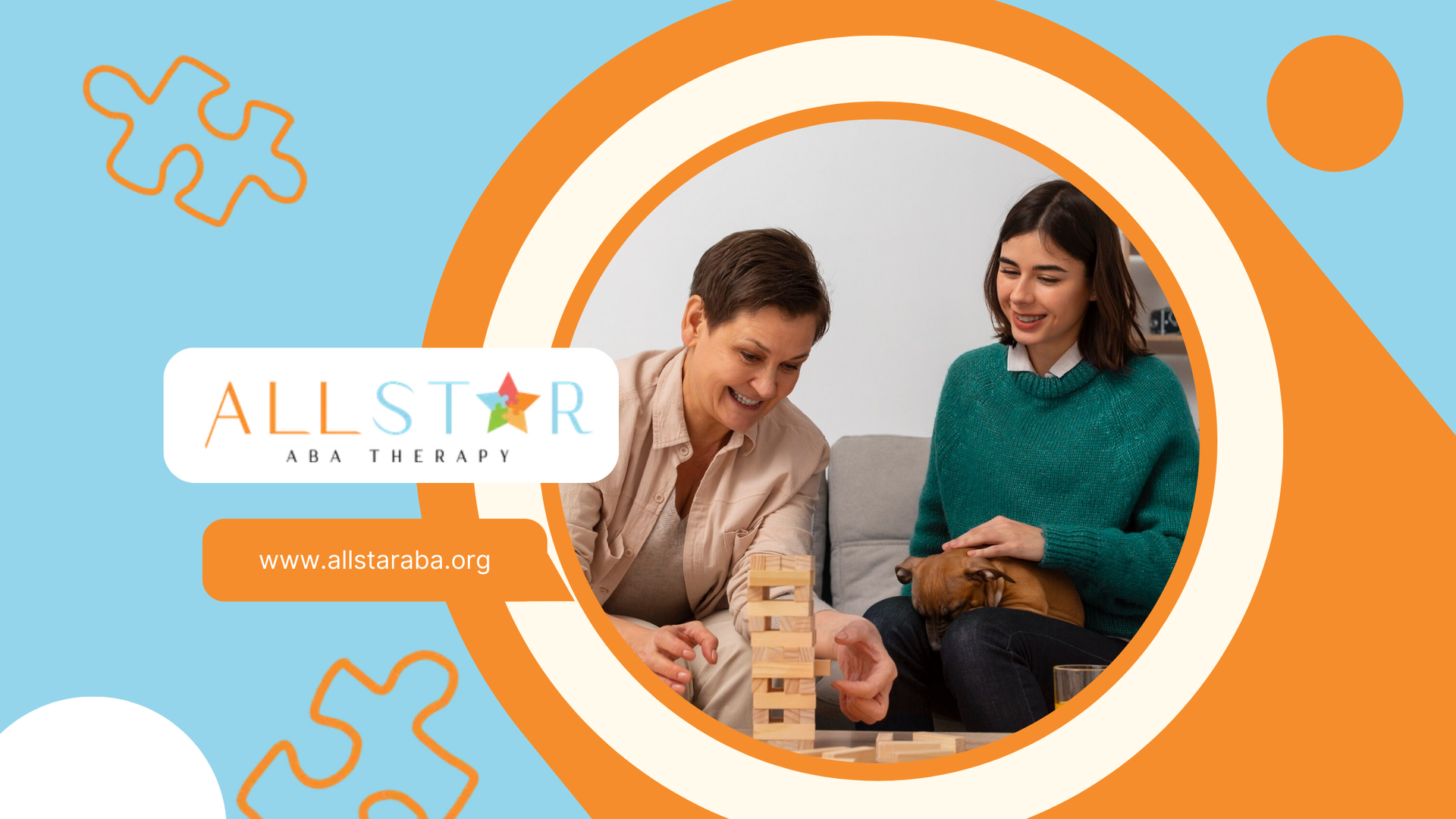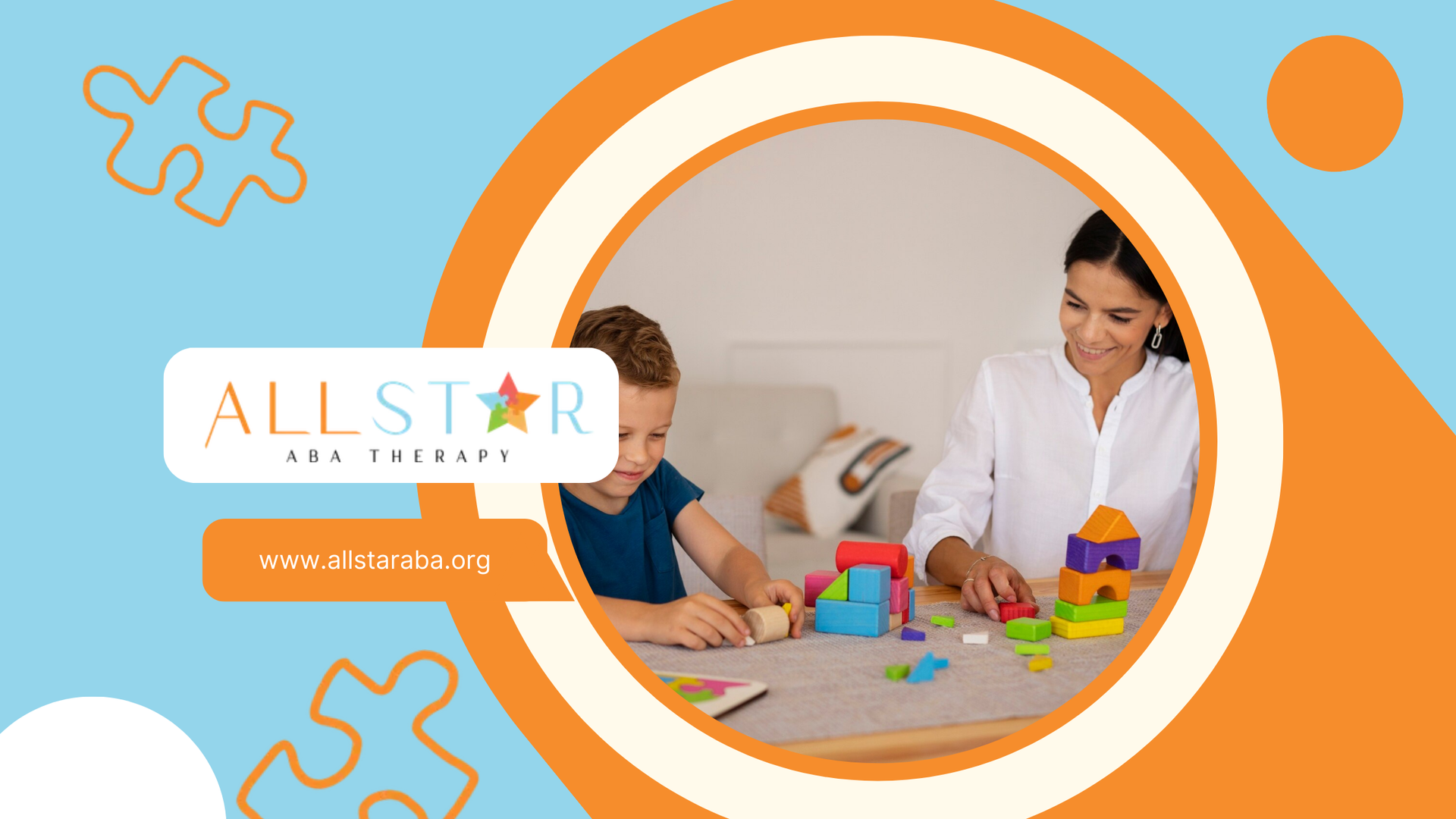New Paragraph
The Best ABA Therapy Interventions for Teenage Autism
ABA Therapy for Autistic Teens
Effectiveness of ABA Therapy
Applied Behavior Analysis (ABA) therapy is widely recognized for its effectiveness in supporting teenagers with autism. This therapeutic approach is adaptable and beneficial for individuals across all age groups, particularly teenagers. ABA therapy emphasizes the importance of an individualized approach, creating treatment plans that are tailored to meet the needs of the individual while giving special attention to current strengths and weaknesses.
A foundational principle of ABA is positive reinforcement, which encourages teenagers to repeat desirable behaviors by rewarding them. Positive reinforcement significantly motivates and fosters learning. For example, providing praise for successfully initiating a conversation reinforces the importance of social interactions.
ABA therapy for adolescents also emphasizes the importance of developing social and communication skills. Techniques like Behavioral Skills Training (BST) help teenagers learn these crucial abilities by describing, modeling, and practicing them in real-world scenarios. Programs like UCLA PEERS® show promising outcomes in improving social skills and reducing feelings of loneliness, thereby enhancing peer relationships.
Individualized Treatment Plans
Customized treatment plans are essential to address the specific developmental needs of each teen. This approach ensures that strategies align with their unique strengths and weaknesses, making therapy more effective. Techniques like Discrete Trial Training can be modified to cater to older individuals, ensuring that lessons are relevant and engaging for them.
ABA therapy for teens aims to teach essential skills with an overall goal of improving their daily life. This includes reducing isolation and increasing engagement in social activities, which significantly enhances their overall quality of life. Additionally, ABA aims to enhance emotional expression and regulation, equipping teens with effective coping mechanisms to manage their feelings and responses in different situations.
For more information on ABA therapy strategies and programs for autistic teens, visit our articles on ABA therapy strategies for autistic teens and ABA therapy programs for autistic adolescents.
| Aspect | Description |
|---|---|
| Positive Reinforcement | Encourages desirable behaviors through rewards |
| Social Skills Training | Techniques like BST and programs like UCLA PEERS® |
| Individualized Plans | Tailored to meet specific developmental needs |
| Emotional Regulation | Enhances coping mechanisms for managing feelings |
By focusing on these key areas, ABA therapy interventions for teenage autism can provide significant benefits, helping teens navigate their developmental challenges and improve their overall quality of life.
Goals of ABA Therapy for Teens
ABA therapy interventions for teenage autism focus on creating specific, individualized goals that address the unique needs of each adolescent. These goals are designed to be both tailored and measurable, ensuring that progress can be tracked and adjusted as necessary.
Tailored Treatment Objectives
ABA therapy involves developing treatment objectives that are customized to the individual needs of the teen with autism spectrum disorder. These objectives are created by Board Certified Behavior Analysts (BCBAs) through discussions with caregivers, direct assessments, and data collection. The goals are designed to address various areas of development, including:
- Daily Living Skills: Enhancing the ability to perform everyday tasks independently.
- Expressive Communication: Improving the ability to convey thoughts and needs effectively.
- Receptive Language Skills: Increasing the understanding of spoken language.
- Social Skills: Fostering positive interactions with peers and adults.
- Community Skills: Developing the ability to navigate and participate in community settings.
These tailored objectives aim to enhance the overall self-sufficiency and social functioning of the teen, making it easier for them to navigate daily life and social interactions.
Measurable and Achievable Goals
In ABA therapy, goals are transformed into specific, achievable targets that contribute to larger objectives. This process involves breaking down complex behaviors into concrete steps, making it easier to track progress and make adjustments as needed. The goals focus on:
- Decreasing Challenging Behavior: Reducing behaviors that interfere with learning and social interactions.
- Teaching New Skills: Introducing and reinforcing new abilities that enhance independence and social engagement.
- Encouraging Prosocial Behaviors: Promoting positive interactions and behaviors in natural environments.
The effectiveness of these goals is monitored through data collection and regular assessments, ensuring that the teen is making progress and that the therapy remains aligned with their needs.
| Goal Area | Example Objective | Measurement |
|---|---|---|
| Daily Living Skills | Brush teeth independently | Number of successful attempts per week |
| Expressive Communication | Use complete sentences | Frequency of complete sentences in conversations |
| Receptive Language Skills | Follow two-step instructions | Percentage of instructions followed correctly |
| Social Skills | Initiate conversations with peers | Number of initiated conversations per day |
| Community Skills | Use public transportation | Successful trips without assistance |
The success of ABA therapy for teens relies on the collaboration between parents and ABA professionals. Regular communication and involvement from caregivers are crucial for reinforcing learned skills and ensuring that the therapy aligns with the teen's evolving needs. For more information on implementing ABA therapy, visit our article on aba therapy programs for autistic adolescents.
By focusing on tailored and measurable goals, ABA therapy provides a structured and effective approach to supporting teens with autism in achieving greater independence and social success.
Implementing ABA Therapy for Teens
Therapy Sessions and Techniques
ABA therapy interventions for teenage autism involve structured sessions that focus on behavior modification and skill development. These sessions are designed to introduce and support socially appropriate behaviors, reinforce positive behaviors, and identify replacement behaviors for those that are not socially appropriate.
Therapy sessions can take place in various settings, including therapy rooms, autism-specific classrooms, and even within daily routines and environments. This integration helps individuals with autism develop more effective behaviors for daily life.
ABA therapy typically involves the following techniques:
- Discrete Trial Training (DTT): This technique involves breaking down skills into small, manageable components and teaching each component individually. It uses a structured format of instruction, response, and reinforcement.
- Natural Environment Training (NET): This approach focuses on teaching skills within the context of the individual's natural environment, making learning more relevant and functional.
- Pivotal Response Treatment (PRT): This technique targets pivotal areas of a child's development, such as motivation and response to multiple cues, to produce broad improvements in communication, behavior, and social skills.
- Modeling: Demonstrating desired behaviors for the individual to imitate.
- Reinforcement: Providing positive reinforcement to encourage the repetition of desired behaviors.
The duration and frequency of therapy sessions can vary. ABA therapy services typically recommend at least 15 hours weekly for progress, with some children receiving up to 40 hours weekly. The speed of a child's progress depends on factors such as the number of therapy hours, the child's abilities, severity of behaviors, parent involvement, and application of learned skills in daily life.
Role of Behavior Analysts
Behavior analysts play a crucial role in the implementation of ABA therapy for teens. These professionals, often Board Certified Behavior Analysts (BCBAs), are responsible for developing and overseeing individualized treatment plans. They work closely with caregivers, conduct direct assessments, and collect data to create specific, measurable treatment goals tailored to the unique needs of the child.
Key responsibilities of behavior analysts include:
- Assessment: Conducting thorough assessments to identify the child's strengths, weaknesses, and areas of need.
- Goal Setting: Developing specific, measurable, and achievable goals based on the assessment results and discussions with caregivers.
- Program Design: Creating individualized treatment plans that outline the techniques and strategies to be used during therapy sessions.
- Training and Supervision: Training and supervising therapists and caregivers to ensure the consistent implementation of the treatment plan.
- Data Collection and Analysis: Collecting and analyzing data to monitor progress and make necessary adjustments to the treatment plan.
- Collaboration: Collaborating with parents, teachers, and other professionals to ensure a comprehensive and coordinated approach to the child's development.
Behavior analysts consider prerequisite skills and target basic skills to build a foundation for achieving more complex goals. Mastery of foundational abilities is essential for achieving overall goals, and ongoing collaboration between parents and ABA professionals is crucial for program success.
Benefits of ABA Therapy for Teenagers
Applied Behavior Analysis (ABA) therapy offers numerous benefits for teenagers with autism. This section explores two key areas where ABA therapy can make a significant impact: social skills development and communication enhancement.
Social Skills Development
One of the primary goals of ABA therapy for teens is to improve social skills. Social interactions can be challenging for teenagers with autism, and ABA therapy provides structured interventions to help them navigate these complexities. By focusing on individualized treatment plans, ABA therapy aims to enhance the ability of teens to form meaningful relationships and engage in social activities.
ABA therapy sessions often include role-playing exercises, social stories, and group activities designed to teach appropriate social behaviors. These interventions help teens understand social cues, develop empathy, and practice effective communication in various social settings. The ultimate goal is to reduce isolation and increase engagement in social activities, significantly enhancing their overall quality of life.
Communication Enhancement
Effective communication is another critical area where ABA therapy can benefit teenagers with autism. Many teens on the autism spectrum struggle with expressing their needs and understanding others. ABA therapy employs various techniques to improve both verbal and non-verbal communication skills.
Interventions may include the use of visual aids, sign language, and technology-assisted communication devices. These tools help teens articulate their thoughts and needs more clearly, reducing frustration and improving their ability to interact with others. High-quality ABA interventions can lead to significant improvements in behavior, communication, and daily living skills.
ABA therapy also focuses on enhancing emotional expression and regulation. By teaching teens how to identify and manage their emotions, ABA therapy equips them with effective coping mechanisms to handle different situations. This holistic approach not only improves communication but also contributes to better emotional well-being.
| Benefit Area | Key Interventions | Expected Outcomes |
|---|---|---|
| Social Skills Development | Role-playing, social stories, group activities | Improved social interactions, reduced isolation |
| Communication Enhancement | Visual aids, sign language, communication devices |
ABA therapy for teenagers with autism offers a comprehensive approach to improving essential life skills. By focusing on social skills development and communication enhancement, ABA therapy helps teens lead more fulfilling and independent lives.
Life Skills Focus in ABA Therapy
ABA therapy interventions for teenage autism place a significant emphasis on developing essential life skills. These skills are crucial for promoting independence and preparing teens for the responsibilities of adulthood.
Daily Living Skills Training
Daily living skills training is a core component of ABA therapy for autistic teens. This training focuses on equipping teenagers with the abilities needed to perform everyday tasks independently. ABA therapy can assist teenagers in developing skills such as navigation, shopping, and personal hygiene. These skills are essential for future endeavors like going to college, applying for a job, or running errands independently.
| Daily Living Skill | Description |
|---|---|
| Personal Hygiene | Skills such as brushing teeth, bathing, and grooming. |
| Navigation | Understanding and using public transportation or navigating familiar routes. |
| Shopping | Making purchases, handling money, and understanding transactions. |
ABA therapy sessions often involve role-playing and real-world practice to help teens master these skills. Consistent practice and positive reinforcement are key to ensuring that these skills are retained and generalized across different settings.
Independence Building
Building independence is another critical focus of ABA therapy for autistic teens. This involves teaching skills that enable teenagers to manage their time, stay organized, and take care of themselves without constant supervision. ABA therapy helps teens build essential life skills such as personal hygiene, time management, organization, and self-care.
| Independent Skill | Description |
|---|---|
| Time Management | Planning and adhering to schedules, setting reminders, and prioritizing tasks. |
| Organization | Keeping personal spaces tidy, managing schoolwork, and organizing belongings. |
| Self-Care | Preparing simple meals, doing laundry, and managing personal health. |
Collaboration between ABA therapists, families, and schools is crucial to ensure consistency in skill acquisition across different environments. This collaborative approach helps reinforce the skills learned during therapy sessions and promotes their application in daily life.
ABA therapy's focus on life skills training and independence building equips teenagers with the tools they need to navigate the complexities of adulthood. By fostering these essential skills, ABA therapy helps teens with autism lead more fulfilling and independent lives.
ABA Therapy Research Findings
Positive Outcomes in Adolescents
Research has consistently demonstrated the effectiveness of ABA therapy interventions for teenagers with autism. A pivotal study conducted in 1987 by Dr. O. Ivar Lovass found that a remarkable 90% of participants showed significant improvement after undergoing intensive ABA therapy. Furthermore, nearly half of the children from this study, or 47%, reached a level where their behaviors and skills were on par with their peers, showcasing the potential of ABA therapy to foster genuine skill development and help children reach their full potential in real-world settings.
Impact on Social, Emotional, and Daily Living Skills
The impact of ABA therapy on social, emotional, and daily living skills has been well-documented. A study published by the National Center for Biotechnology Information (NCBI) indicated that the ABA program effectively improves the social and emotional behaviors of children with autism, enhancing their overall performance. The study showed significant improvements in adaptive behaviors, social skills, communicative abilities, and separation anxiety in the experimental group compared to the control group.
| Skill Area | Improvement (%) |
|---|---|
| Adaptive Behavior | 85% |
| Social Skills | 80% |
| Communicative Abilities | 75% |
| Separation Anxiety | 70% |
Another study demonstrated that the ABA program effectively improves the social, emotional, communicative, and daily living skills of children with autism, fostering positive behavioral changes in the experimental group compared to the control group These findings suggest that ABA therapy is a valuable intervention strategy for educators, therapists, and families working with autistic children.
A meta-analysis by Virués-Ortega (2010) indicated that ABA interventions implemented in early childhood and were long-term and comprehensive in design resulted in positive medium to large effects in language development, intellectual functioning, acquisition of daily living skills, and social functioning in individuals with ASD compared to a control group that did not receive ABA intervention.
Conclusion
In conclusion, ABA therapy offers a powerful and evidence-based approach to support teenagers with autism in developing essential life skills, improving communication, and fostering social and emotional growth. With individualized treatment plans, measurable goals, and expert guidance from behavior analysts, teens can gain the confidence and skills needed for greater independence and success in their daily lives.
Whether you're a parent seeking support or a professional exploring effective interventions, All Star ABA is here to help. Contact us today to learn more about our specialized ABA therapy services tailored for autistic adolescents.
Sources:
- https://www.semel.ucla.edu/peers
- https://www.bacb.com/bcba/
- https://www.autismspeaks.org/expert-opinion/aba-teens
- https://pmc.ncbi.nlm.nih.gov/articles/PMC8702444/
- https://pmc.ncbi.nlm.nih.gov/articles/PMC11487924/
- https://pmc.ncbi.nlm.nih.gov/articles/PMC9458805/
Need Support?
We're Here to Help!
Our experienced team is ready to assist you. Reach out today to discuss how we can support your child's development and well-being.
Get started with expert ABA therapy today.
Related posts

All Star ABA delivers the gold standard of care, Applied Behavioral Analysis (ABA) therapy, for individuals diagnosed with ASD, from infancy to age 21.
Quick Links
All Rights Reserved | All Star ABA


